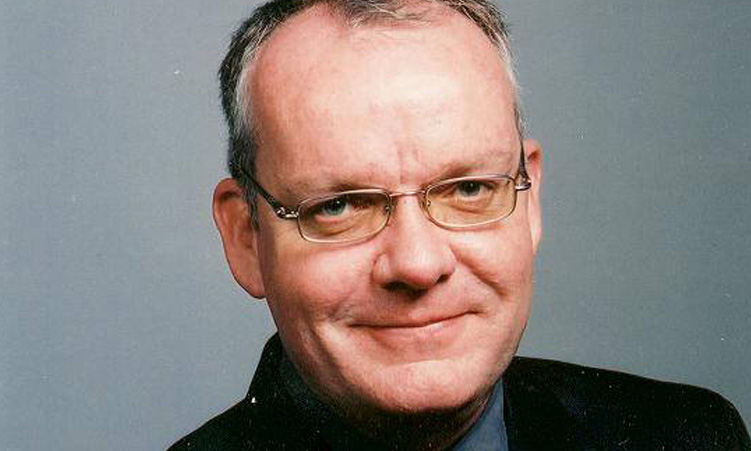The tragic death of three Westair employees in a recent aircraft accident near Eros airport, followed mere days later by a gyrocopter crash, thankfully with the pilot suffering only minor injuries, has highlighted the need for a serious re-evaluation of Eros airport.
It is currently popular as a training and maintenance facility for small aircraft, but also operates as a domestic terminal for Westair/Airlink flights within Namibia, as well as a base for the presidential jet.
However, having Windhoek’s domestic and international terminals situated 40km away from each other leads to considerable inconvenience for local and international passengers.
At most other global destinations (Cape Town, Nairobi, Johannesburg, London), the domestic and international terminals are combined.
Currently, a traveller from Rundu, flying to Europe, has to deplane at Eros, collect all luggage, obtain local transport, and then travel 40km by road to Hosea Kutako International Airport, where they will eventually check in for the international leg of their flight.
The same applies, in the opposite direction, to international passengers.
MINIMISING RISK AND EXPENSE
There are also considerable expenses in duplicating facilities (fire equipment, check-in desks, aircraft handling services, air traffic control, etc) at both airports.
If all of these facilities were relocated to Hosea Kutako, the newly constructed freeway means that, for trainee pilots and all other personnel, the journey to and from work would be made much easier.
And there should also be no issues having smaller planes operating from an international airport.
The Cape Town Flying Club is based at Cape Town International Airport and trainee pilots often practise using those facilities.
And if dedicated training facilities for small aircraft are required, then the concept of an African Civil Aviation Centre of Excellence, based at Keetmanshoop airport, should be resuscitated.
Or, for casual recreational fliers, the underused Walvis Bay International Airport (currently operating with an average of just three flights each day) could be a great boost for the coast.
LAND AND SAFETY
In addition, the land on which Eros Airport is currently located would be highly valuable to the City of Windhoek, either for residential (an eastwards expansion of Academia) or industrial development (a southerly expansion of B1 Motor City) or both.
And, some of the considerable income that would be generated could, of course, go towards the building of improved facilities (including the construction of a new domestic terminal) as well as hangars and maintenance facilities at the expanded Hosea Kutako airport.
For Windhoek city residents it would have the advantage of lower noise pollution and, of course, a decreased risk of aircraft accidents and subsequent damage to property or loss of human life.
For trainee pilots, having a runway of 4,5km in length at Hosea Kutako, as opposed to the shorter 2,2km runway at Eros, would also give a greater margin of safety for both take-offs and landings, especially for trainees.
And that safety – of pilots, passengers and residents – must always come first.
- * Robin Tyson is a consultant based at Swakopmund and administrator of the Namibian Air Facebook Group.
Stay informed with The Namibian – your source for credible journalism. Get in-depth reporting and opinions for
only N$85 a month. Invest in journalism, invest in democracy –
Subscribe Now!










